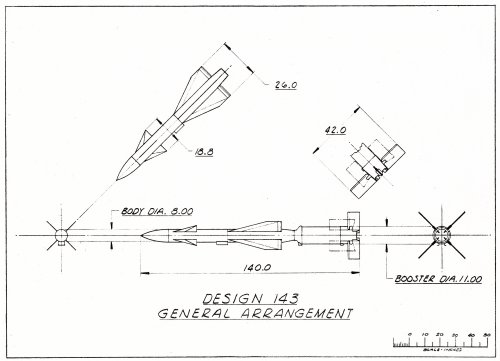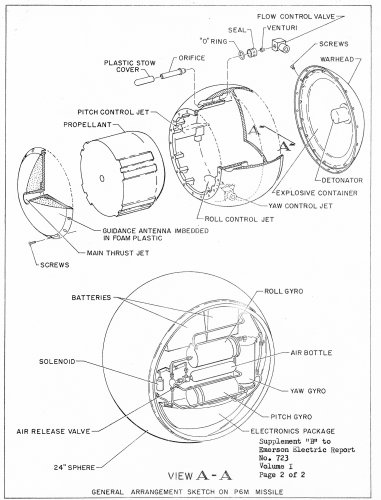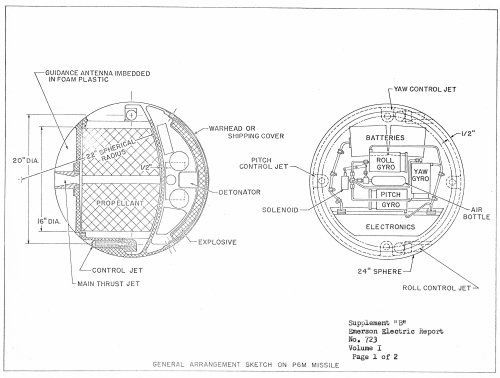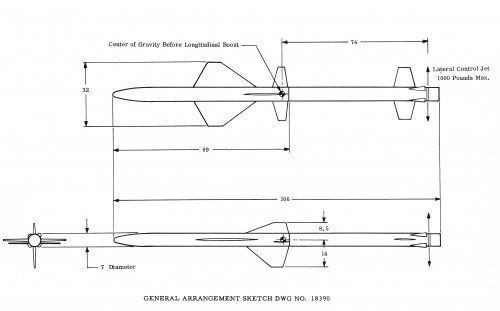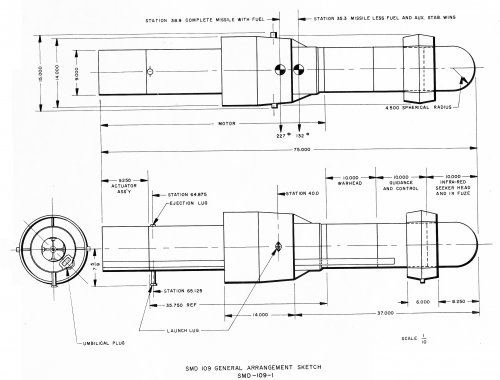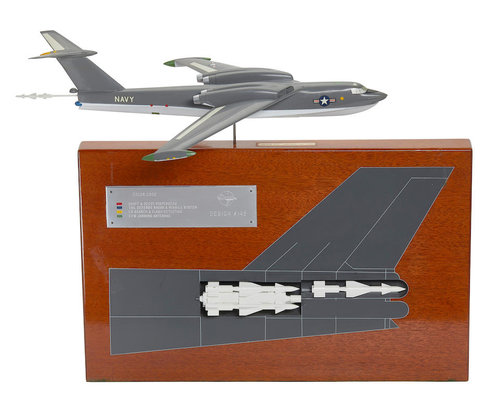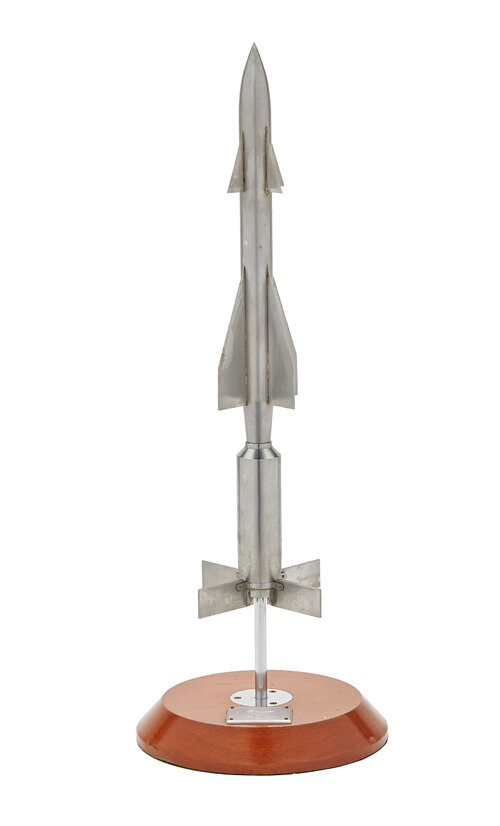I found some stuff from research I did in 2009.

The competitors for the P6M Bomber Defense Missile circa 1 JULY 1957 were:
Grumman -- best of the submittals, but the missile and its complete system was considerably overweight.
Bendix
Motorola
Avion
Sperry
Emerson (Spherical missile)
Westinghouse (Spherical missile)
Admiral
Solar
In the end none of the submittals fully met the specifications, and they couldn't be developed in time to meet Seamaster deliveries. Plus, the weight of the BDM system aggravated the already serious balance problem in the P6M.
This combined with budget cuts, killed the Seamaster BDM.
...
The P6M BDM program was initiated in 1952 and an operational requirement CA-09701 was issued June 1957.
Requirements were:
Target surveillance/Detection
Threat Evaluation
IRCM
ECM
Active Defense by minimum of 4 guided missiles
Countermeasures required spherical coverage in S Band (radar), X Band (Radar), VHF (Radar) and IR.
Missile coverage was rear hemisphere, 120 degrees in azimuth and 60 degrees in elevation.
Missile range was:
Directly Aft: 16,000 feet at sea level to 30,000 feet at altitude:
Extreme of Azimuth: 11,000 feet at sea level to 25,000 feet at 50,000 ft altitude.
Combat environment envisaged in 1961-1965 period was:
Interceptors, of which 50% would be gun/rocket armed and the other 50% armed with missiles with a 5 to 8 mile range using radar or IR homing. A few interceptors would have mach 2.0 capability and have 15 mile ranged missiles.
SAMs would be of the NIKE and TALOS type
AA Guns would be radar controlled guns.
The ECM system would work against:
Early Warning Radars
CGI Radars
Air Intercept (AI) Radars
Communications
Missiles
Passive warning would have been provided via detection of radiation and pulsed radar signals, with attacking missiles being detected and automatically countered via chaff dispensing or infrared decoy launches.
Weight goals were 300 pounds per missile and 2500 lbs for the total installation (incl. 4 missiles).



